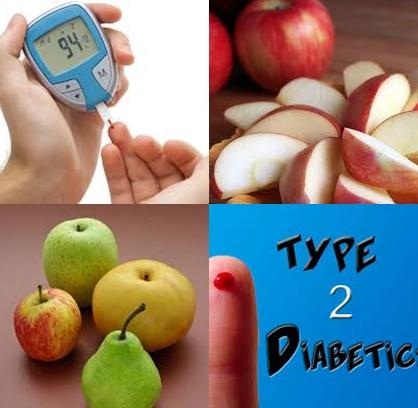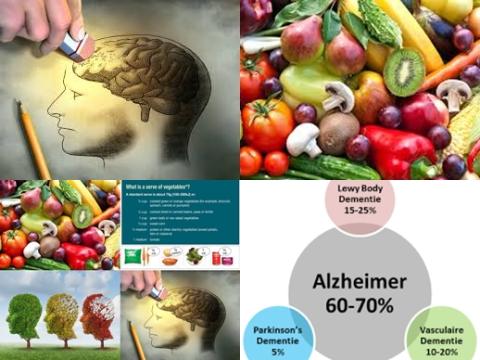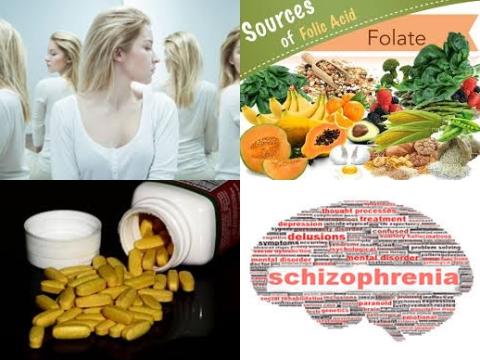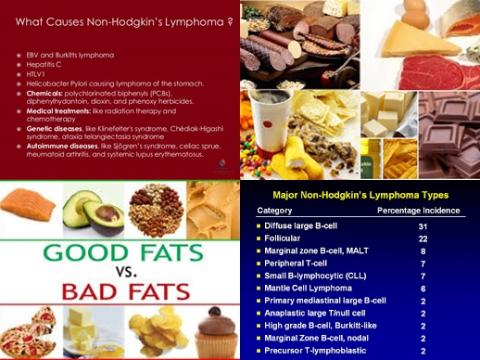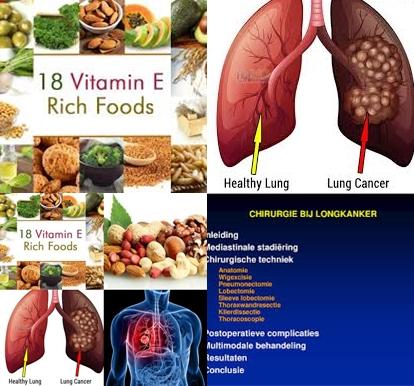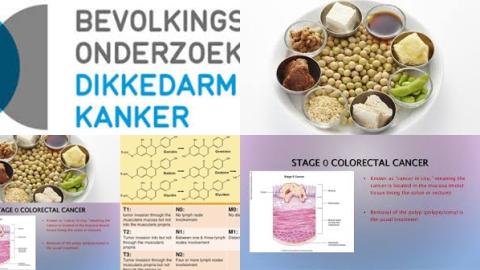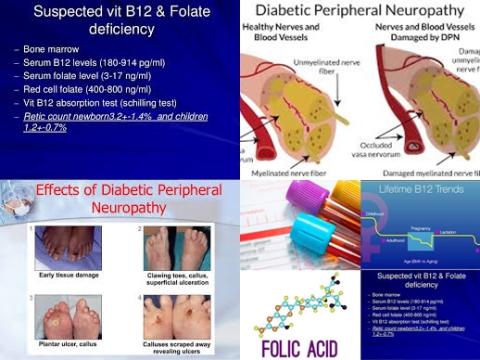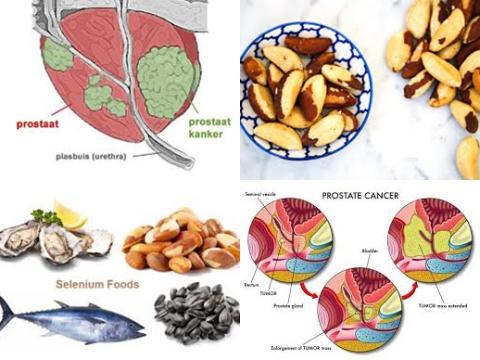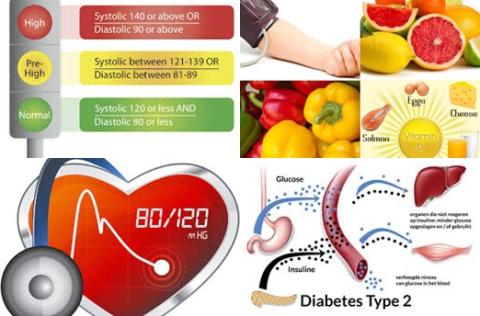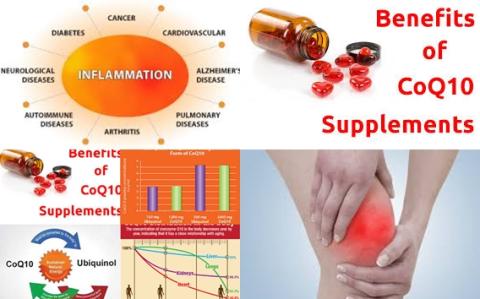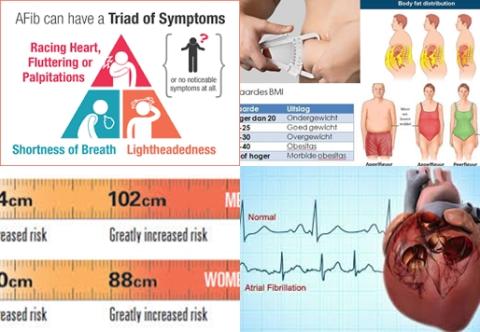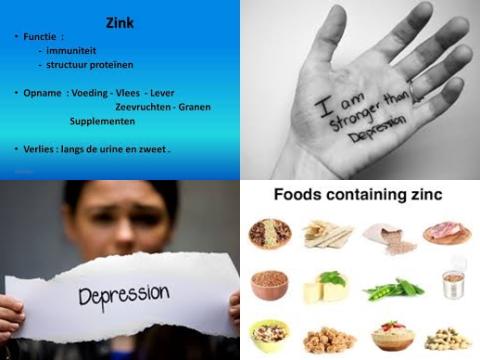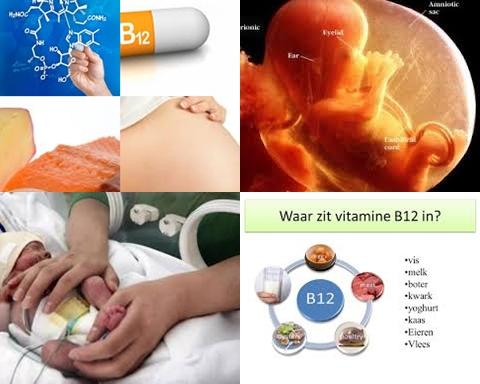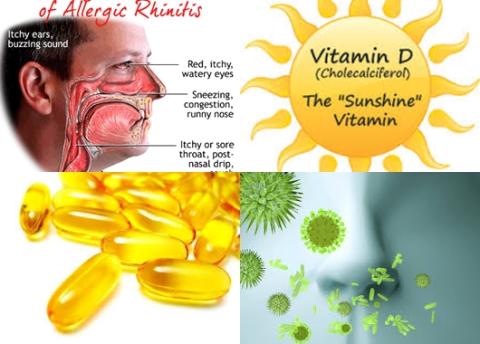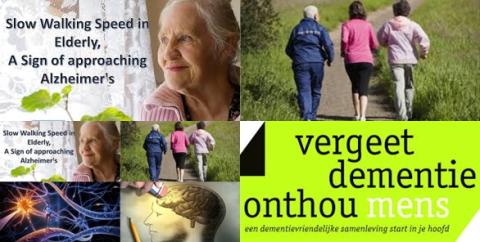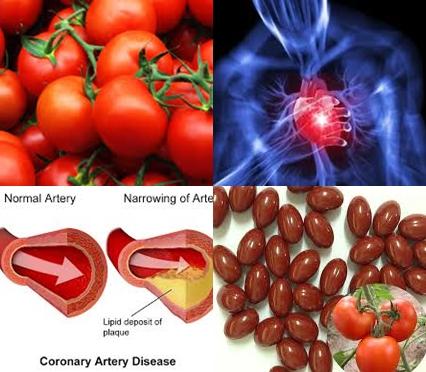Vitamin D supplementation alone during pregnancy reduces risk of preterm birth
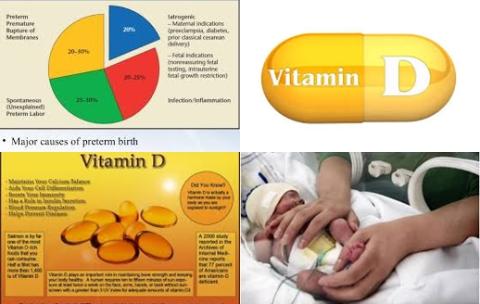
Objectives:
Is a low maternal circulating 25 hydroxyvitamin D (25-OHD) associated with an increased risk of preterm birth or spontaneous preterm birth and can vitamin D supplementation alone during pregnancy reduce risk of preterm birth?
Study design:
This review article included 6 RCTs and 18 observational studies.
Results and conclusions:
The investigators found maternal circulating 25-OHD deficiency significantly increased risk of preterm birth with 25% [pooled OR = 1.25, 95% CI = 1.13-1.38]. However, maternal circulating 25-OHD insufficiency was not associated with an increased risk of preterm birth [pooled OR = 1.09, 95% CI = 0.89-1.35]. Not associated because OR of 1 was found in 95% CI of 0.89 to 1.35. OR of 1 means no risk/association.
The investigators found vitamin D supplementation alone during pregnancy significantly reduced risk of preterm birth with 43% [pooled RR = 0.57, 95% CI = 0.36-0.91]. Significantly because RR of 1 was not found in 95% CI of 0.36 to 0.91. RR of 1 means no risk/association.
The investigators found maternal circulating 25-OHD 50 nmol/L significantly increased risk of spontaneous preterm birth with 45% [pooled OR = 1.45, 95% CI = 1.20-1.75].
The investigators concluded a maternal circulating 25-OHD 50 nmol/L increases risk of spontaneous preterm birth and vitamin D supplementation alone during pregnancy reduces risk of preterm birth. However, extrapolation of the results must be done with caution and there is urgent need for larger, better-designed RCT to confirm this effect.
Original title:
Vitamin D and risk of preterm birth: Up-to-date meta-analysis of randomized controlled trials and observational studies by Zhou SS, Tao YH, […], Tao FB.
Link:
https://www.ncbi.nlm.nih.gov/pubmed/28150405
Additional information of El Mondo:
Find more information/studies about vitamin D, pregnancy, review article, significant and 95% CI right here.
